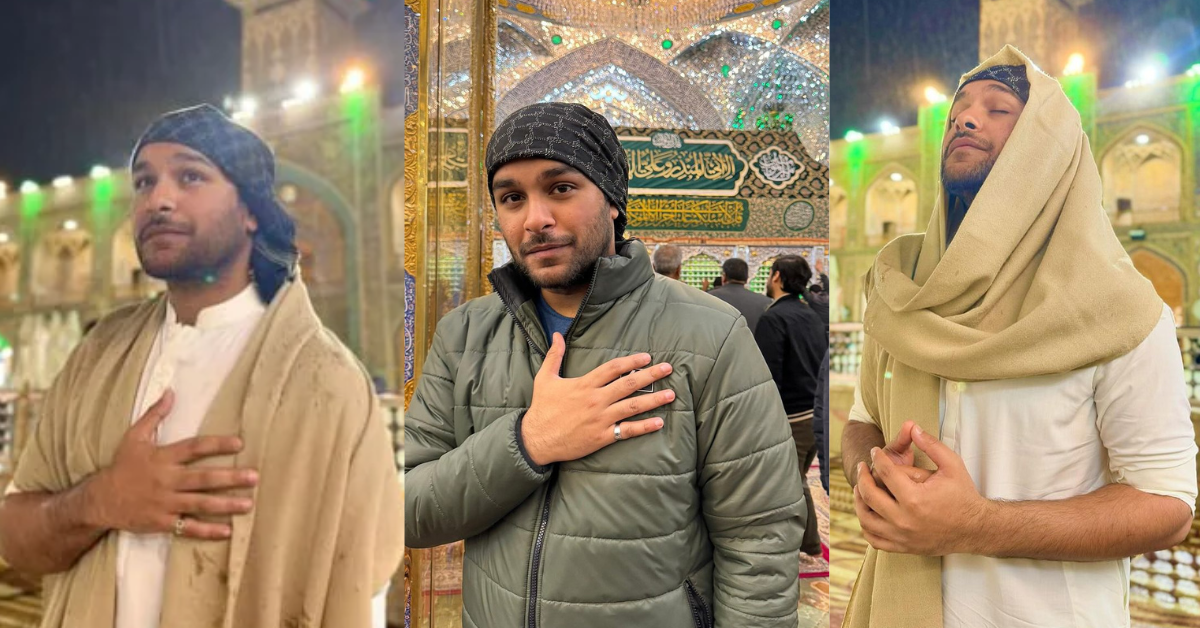[ad_1]
Mysterious demeanour, dark attire, expressive makeup, introspective music taste and maybe even a disdain for societal norms. Sound familiar? They are the hallmark characteristics of an angst infused moody teenager who belongs to one of the most enduring literary and music subcultures – Goth. Although I‘ve provided a detailed description of a modern goth, it’s essential to explore what defines this group, where they originated from and the fundamental links with English adolescence. My immediate thoughts about the term ‘goth’ primarily revolve around Robert Smith of The Cure, his silhouetted figure holding a guitar, backcombed hair, and his unique voice being the absolute epitome of the Gothic.
As an ardent Cure fan, I believe Smith embodies two of the most crucial qualities of goth, the visual expression and the emotional feeling that give his eloquent lyrics such intensity and potency. For some goths, the external appearance of layering up in black clothes, putting on eyeliner and wandering around with dyed backcombed hair identifies them as part of the subculture. Others, including myself, believe it is significantly more profound, engaging a person more emotionally, resonating with a particular outlook on life and a feeling of otherness. Even though goth is now intrinsically linked with music, its concepts initially emerged in a literary movement beginning in the 18th century.
Giving a brief history of goth, it kicked off with the publication of The Castle of Ontario in 1764 by Horace Walpole, collectively recognised as the first ‘gothic novel’. Mary Shelley’s Frankenstein further established the category with brooding, melancholic undertones and a sense of the monstrous. However, the Gothic period would truly enter the public imagination with the Victorians and their well-documented fascination with the supernatural. Many famous works, including Edgar Allen Poe’s The Raven, Robert Louis Stephenson’s Dr Jekyll & Mr Hyde, and Bram Stoker’s Dracula, entrenched the iconography of goth that remains today.
The term ‘gothic rock’ was first linked to music in 1967. However, the implosion of punk in the late 1970s prompted bands to find new directions. In 1979, Anthony Wilson attached the label to post-punk when he stated Joy Division were ‘gothic’ compared to mainstream music. That year, the release of Unknown Pleasures and Bauhaus’s Bela Lugosi’s Dead marked a notable change from the punk sound. The Cure had produced Faith and Pornography albums in the early 1980s, and on the latter’s tour, they began experimenting with makeup. Smith’s trademark appearance was created during his stint as a guitarist in Siouxsie & The Banshees from 1982 to 1984. The Cure’s evolution culminated in the 1989 release of Disintegration, the height of their gothic powers and my favourite goth album.
The Sisters of Mercy and The Mission were also viewed as archetypal goth outlets. An exceptional component of the goth scene is its longevity, as most bands are still playing world tours, and their music is receiving appreciation from a new generation of young fans. Last year, several books were published exploring the history of the goth subculture, including ex-Cure member Lol Tolhurst’s Goth: A History, John Robb’s The Art of Darkness: The History of Goth and Cathi Unsworth’s Season of the Witch: The Book of Goth. Their releases accentuated how the history of subculture was now being celebrated. However, ‘goth’ remains interpretative and many of its principal drivers, including Robert Smith, Siouxsie Sioux and Andrew Eldritch, hate the label.
Tolhurst believes the goth movement is an integral part of English adolescence, with the backdrop of the dull countryside inspiring the pessimistic approach of The Cure’s music. Goth held an appeal and provided an authentic identity to those who felt isolated and misunderstood, a soundtrack that welcomed you into a wider group of similar people. The movement also displays rebellion, rejecting the previous generation with a culture they could not understand and nuance from other young people. There is a great joy in being the outsiders and bleakly misanthropic, which is strange considering the closeness of the goth community.
For Dom Joly on BBC Radio 4’s Goth or Not? being a goth is not just about appearance; he believes it is a state of mind. He charts his own ‘voyage into the art of darkness’ starting in his teenage years, but he emphasises how he feels his gothic passion has never gone away. He talked to Wayne Hussey of The Mission and formerly The Sisters of Mercy, who revealed despite that CV, he does not consider himself a goth and unwittingly became one with the Sisters; he wore black clothes because they were comfortable on tour, smoke was placed on stage to hide their lack of drummer and to make them mysterious. Other goth vocalists Joly interviewed raised the importance of songwriting to express feelings and that looking at the dark sides of human emotions can be empowering.
So why be a goth? Goths are fundamentally cool, even if they do not admit it. There are various other reasons, but its most significant benefits are meeting fellow goths, attending gigs and sharing anecdotes. Discussing your favourite albums and songs is brilliant, and you will likely make new friends. The advantage of associating with a subculture is you can belong to a tribe of people. Despite their daunting appearance, I have found the goth community to be some of the kindest, funniest and most welcoming people.
When I attended my first Cure concert, the atmosphere was exhilarating as thousands of goths, some dressed in full gear, crowded into the venue. As the setlist began, there was a feeling of emotional communion where the audience experienced an enchanting gothic event together. Some goths dance, and others are motionless. The NME once dissected a Cure fan dancing as someone that acted as if their feet were nailed to the floor and waved their arms about like a tree blowing in the wind. I remember feeling a sense of pride when travelling to the gig on the tube, with hundreds of black-clad cure fans jumping on board, overhearing a woman remark: ‘It’s like rats coming out of the sewers’.
If you are intrigued by the goth subculture and want a starting point, I highly recommend the music of The Cure, The Sisters of Mercy, Siouxsie & The Banshees and The Mission. There are countless other bands and artists, but those are my favourites. Alternatively, the books I mentioned might be worth reading if you are more inclined towards gothic literature. I might also suggest thrifting for black clothes and getting eyeliner & lipstick if you want the entire goth appearance. Finally, it is fitting that I have composed this article to the gothic sound of The Cure, and I know I will always be a goth!
John Robb will be in Southampton at The Attic on 20th April, no doubt explaining his views on the history of goth. You can also listen to Dom Joly’s Goth or Not? on BBC Sounds Archive.
Maqvi News #Maqvi #Maqvinews #Maqvi_news #Maqvi#News #info@maqvi.com
[ad_2]
Source link

















































